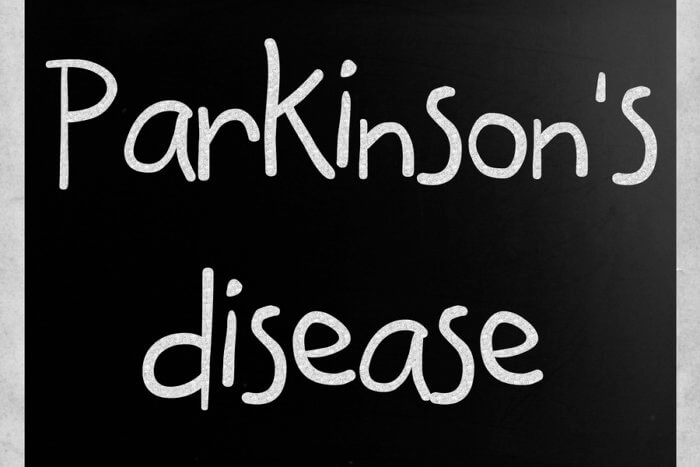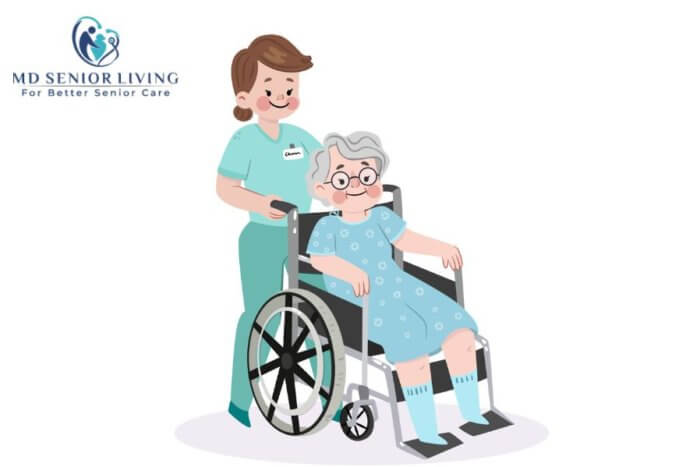Are Nursing Home & Assisted Living Costs Tax-Deductible?

Nursing Home and Assisted Living Costs: Tax Deductible or Not?
Many people assume that assisted living costs per month and nursing home expenses are fully tax-deductible, but that’s not always the case. Only expenses that primarily serve medical purposes can qualify for tax deductions, and even then, only amounts exceeding 7.5% of your adjusted gross income are eligible.
Understanding the nuances of these deductions can be complex, especially regarding documentation and medical necessity.
So, what should you know to navigate this financial landscape effectively? At MD Senior Living, we help you understand these intricacies and support you in making informed decisions regarding your care and financial planning.
Understanding the Average Cost of Assisted Living for a Couple
When considering the average cost of assisted living for a couple, it’s vital to recognize that expenses can vary significantly based on location and the level of care required. Generally, assisted living is more affordable than nursing homes, as it provides a lower level of medical supervision. However, factors such as apartment size, care services, and amenities influence the overall price.
To determine affordability, compare the average monthly cost for senior living across different facilities in your area. Some communities offer all-inclusive pricing, while others charge separately for care services. Understanding what is included in assisted living costs can help you budget effectively. Financial planning is crucial in managing these expenses and ensuring the best care for your loved ones. Learn more about cost factors here.
Tax Deductibility of Assisted Living Costs by State
How can you effectively manage the financial burden of long-term care? The tax implications of assisted living vary, particularly when looking at assisted living costs by state. Some states offer tax credits or deductions for long-term care expenses, while others follow federal tax guidelines.
Generally, only medical-related expenses qualify for deductions. If a significant portion of monthly assisted living costs is for medical services, it might be eligible as a medical expense on your tax return. Proper documentation is necessary to support these claims. Consulting with tax professionals ensures you maximize deductions and take advantage of state-specific tax relief programs. Learn more about how long-term care insurance can help offset these costs.
What is Included in Assisted Living Costs?
Understanding what is included in assisted living costs is essential for making informed financial decisions. Typically, these costs cover housing, meals, housekeeping, and access to medical care. However, additional services such as personal care assistance, medication management, and specialized memory care can affect the final price.
Some facilities offer tiered pricing structures, where residents pay based on their required level of care. Others bundle services into one flat rate. Knowing these pricing models can help families select a community that fits their budget. Additionally, monthly assisted living costs fluctuate depending on the region, with urban areas generally having higher fees than rural locations. Learn more about these financial aspects here.
Medical Expense Tax Deductions Explained
Tax deductions can offset some of the expenses associated with long-term care. The IRS allows deductions for medical expenses that exceed 7.5% of your adjusted gross income (AGI).
| Expense Type | AGI Threshold | Deductible Amount |
| Medical Expenses | > 7.5% of AGI | Excess amount |
| Nursing Home Costs | Primarily for care | May qualify |
| Assisted Living Costs | Medical necessity | Possible qualification |
Accurate record-keeping and understanding assisted living costs by state can help families maximize their tax benefits. Additionally, government programs can offer financial support, making it easier to manage these expenses. Proper documentation is crucial when filing for deductions. Explore additional support options here.
Documenting Medical Necessity for Tax Deductions
What steps can you take to ensure your medical expenses qualify for tax deductions? A critical first step is obtaining detailed medical records that establish the necessity of care. Proper documentation should include doctor’s notes, billing statements, and proof of payment.
| Document Type | Importance | Example |
| Medical Records | Proves necessity | Physician’s letter |
| Healthcare Documentation | Supports expense claims | Itemized billing statements |
| Tax Forms | Required for filing | IRS Form 1040 |
| Receipts | Validates payment | Proof of payment to the facility |
Maintaining accurate records will help justify tax deductions and reduce financial stress for families covering assisted living costs per month.
In summary, understanding the financial aspects of long-term care is essential for making informed decisions. A couple’s average cost of assisted living depends on several factors, including location and care requirements. Knowing what is included in assisted living costs and how tax deductions work can ease financial burdens.
Since assisted living costs vary by state, exploring state-specific tax benefits and financial aid programs is a crucial step in planning for long-term care. Documenting medical necessity and maintaining thorough financial records can maximize potential deductions. For expert guidance on managing these expenses, contact MD Senior Living at 480-418-9150.






Leave a Comment